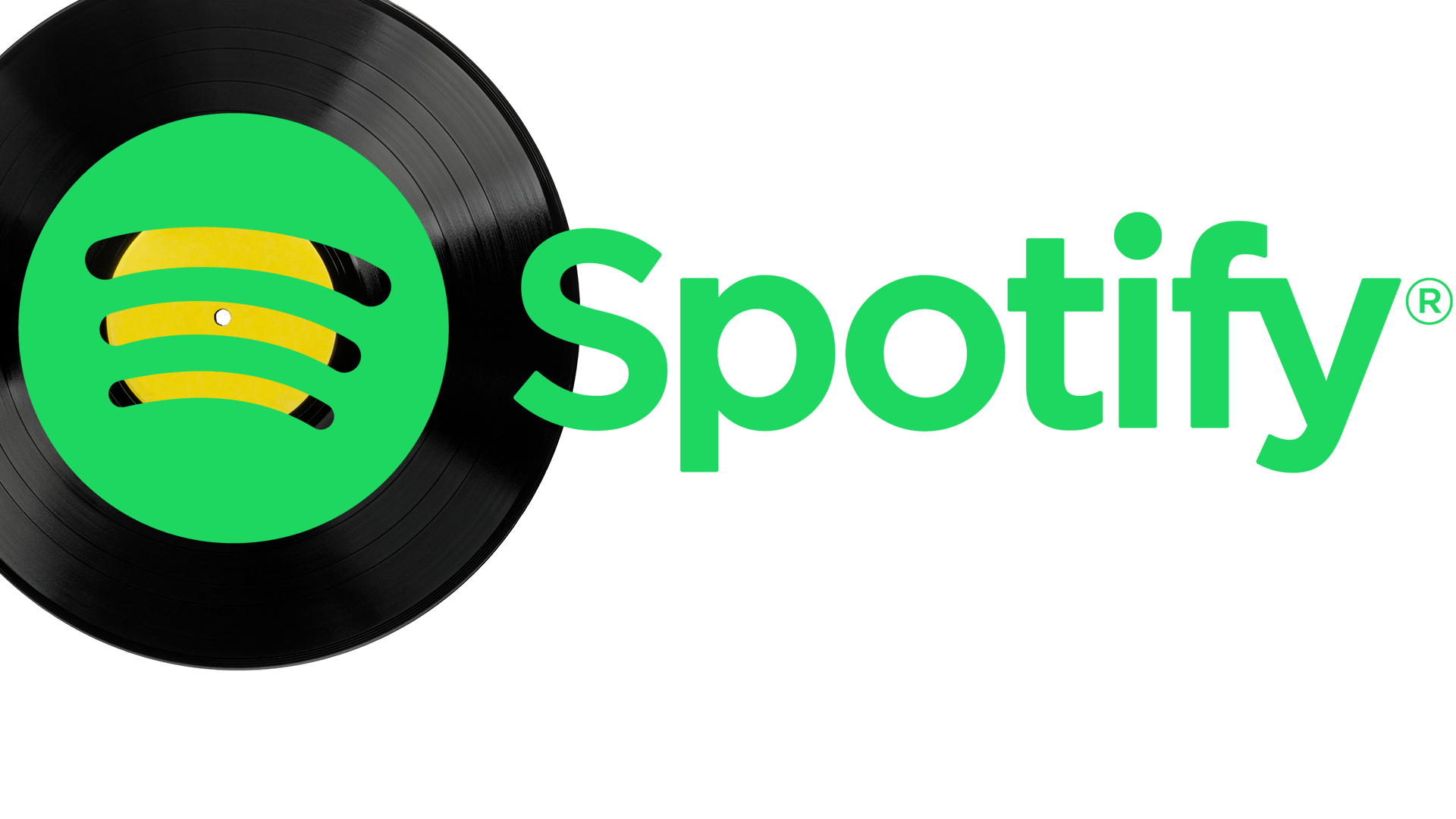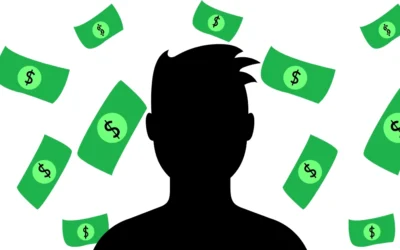Daniel Ek, CEO of Spotify, one of the world’s leading music streaming platforms, still gets upset when people say his organization made its fortune on the backs of artists.
Since its 2008 launch, Spotify has received widespread criticism from many prominent musical figures including the likes of Taylor Swift and Thom Yorke (Radiohead) who argue that the company does not fairly compensate music creators who use their platform.
“I’m not willing to contribute my life’s work to an experiment (Spotify) that I don’t feel fairly compensates the writers, producers, artists, and creators of this music,” Taylor Swift told Yahoo Entertainment during a 2014 interview.
Depending on which side of the fence you stand on will determine how you feel regarding this ongoing issue. However, no CEO, artist, or consumer can deny that since Spotify’s inception a decade ago, there have been dramatic changes to the music industry’s landscape.
Since 2008, we have witnessed the rise of music streaming services such as Spotify and Apple Music, the fall of CDs, and the miraculous vinyl revival. Yet, the most recent trend to appear in the music industry is the decline of the album format.

In the music streaming era, less emphasis is being put on the album as a whole. As a result, this trend has influenced a renewed interest in vinyl records because of their ability to provide a more intimate relationship between artist and consumer. Photo: Rudy Howell
This may seem contradictory knowing that the demand for vinyl records is at its highest point since the early 1990s. However, when you look at the data, it becomes increasingly clear that the concept of the album is dying. According to data retrieved from the Recording Industry Association of America (RIAA), annual album sales in the United States fell by nearly 50 per cent from 1.2 billion dollars in 2013 to 623.7 million dollars in 2017.
The streaming era has taken away the incentive for new artists to create albums worthy of the title “masterpiece.” Albums like, for example, The Beatles’ Sgt. Pepper’s Lonely Hearts Club Band (1967), Pink Floyd’s Dark Side of the Moon (1973), and Fleetwood Mac’s Rumours (1977). As Spotify and Apple Music continue to grip the music industry, current superstars like Drake, Cardi B, and Post Malone are becoming increasingly pressured to more consistently release singles instead of full-length albums. This is because streaming services and record labels know this is how they will see the most amount of money in the shortest amount of time.
Surprisingly, while the total revenue of U.S. albums on all formats is currently in free fall, the vinyl market is growing at a steady rate. The RIAA reports that annual U.S. sales of LP/EP records have grown from 22.9 million dollars in 2007 to 388.5 million dollars in 2017.

Data Source: RIAA / Infographic: Rudy Howell
A lot of people are directly attributing this growth in LP/EP revenue to streaming services because they have all but eliminated the physical connection that people once shared with music. Now, millennials — a generation plagued by the isolation of the digital age — are finding comfort in the tactile and visual aspects that vinyl records offer, such as physical size and cover art.
“I like having the physical copy,” says Shannon Hogan, a 20-year-old MacEwan University student and vinyl collector. “When you’re shopping for vinyl, you meet people with similar music taste, and there’s a sense of community. Whereas, with digital, you’re just sitting at home on the couch.”
As visualized below, data from the RIAA implies that there is a correlation between the rise in revenues of music streaming platforms and the vinyl market over the last 10 years.

Data Source: RIAA / Infographic: Rudy Howell
Last December, Canadian rapper Drake was named Spotify’s most streamed artist of 2018 according to its annual year-end ‘Wrapped’ report with a total of 8.2 billion streams, making him the platforms most streamed artist of all time. His album Scorpion, and its lead single, “God’s Plan” garnered over 1 billion streams alone.
Yet, even though Scorpion, a 25-song-album, was by far the biggest release of the year, Rolling Stone reports that “just six songs on the album have claimed 82 per cent of its total global streams on Spotify since the album’s release in June.”
“I personally pick particular songs. I’ll download full albums when it’s an artist that I’m a huge fan of. I’m pretty picky with music, and I’d prefer to just have music that I will always enjoy hearing so I can shuffle away without worry,” says Noah Welch, a 21-year-old NAPA Auto Parts employee who spends a lot of time listening to music on the road while making deliveries.
However, it should be noted that this is not exactly a new listening habit among music consumers. During vinyl’s heyday in the 1960s and ‘70s, listeners would ruin their favourite records by repeatedly picking up and putting down the needle in search of just one or two songs. In the 1980s and ‘90s, cassettes and CD’s made it as easy as the click of a button to skip through tracks. Then came the 2000s, and everything changed. Streaming services rendered music as a physical format obsolete. Music consumers now didn’t even have to waste their time and money on a whole album when they could just stream their favourite two or three songs instead.
In a way, the album has become the unnecessary middle man. We can now take the pearl without touching the oyster. The vinyl revival of the last decade has certainly been a beam of light for many entrepreneurs, artists, and consumers. But, judging from the data, it is simply not enough to prevent the music industry from returning to an era of track-led consumption which precedes The Beatles.
Cover photo edited by Thai Sirikoone.





0 Comments